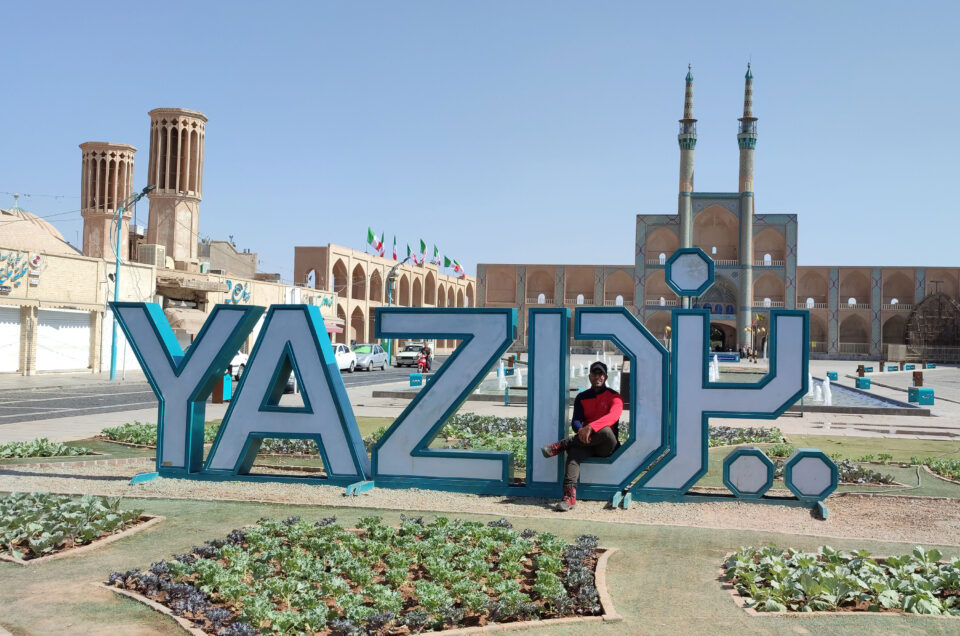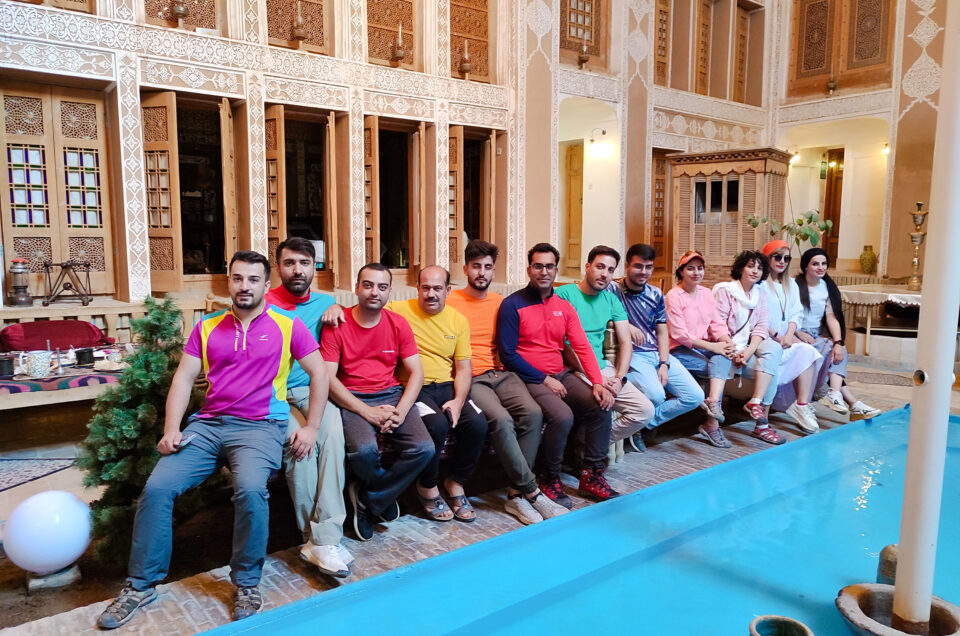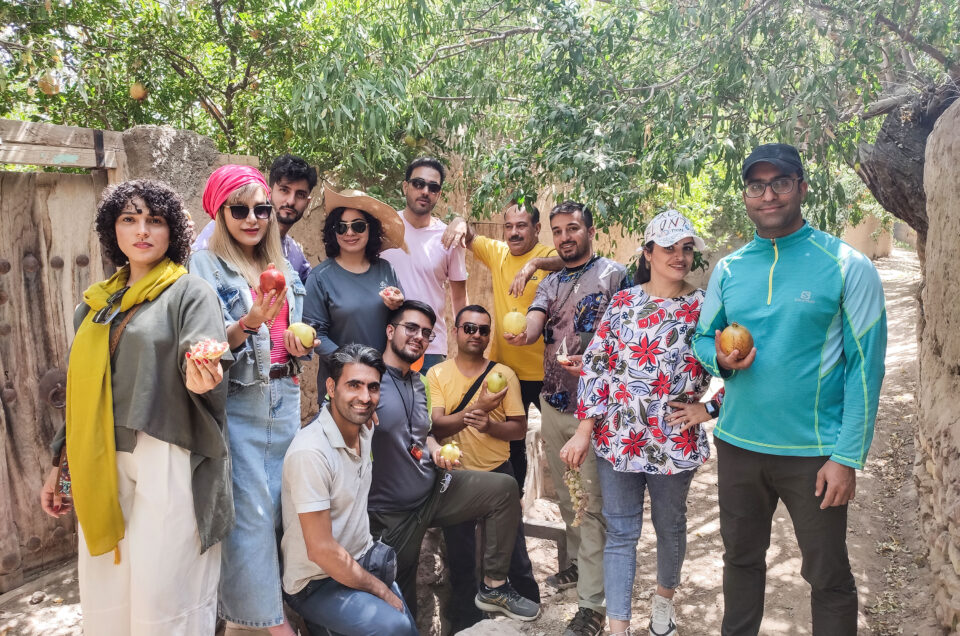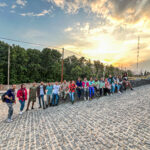Amir Chakhmaq Square is a prominent historical site located in the city of Yazd, Iran. This architectural complex dates back to the Timurid era and consists of various elements, including a bazaar, caravanserai, mosque, and two reservoirs. It has been a part of the Iranian national heritage, with Amir Chakhmaq Tekyeh registered in 1951 (1330 in the Iranian calendar) and Amir Chakhmaq Mosque in 1962 (1341 in the Iranian calendar).
Amir Jalaleddin Chakhmaq, a military commander and governor during the Timurid period in the 8th century, played a pivotal role in constructing this complex. His aim was to stimulate economic growth and prosperity in Yazd. He received support from his wife, Fatemeh Khatoon, famously known as Seti Fatemeh, whose tomb is situated in the northern section of Amir Chakhmaq Square.
The remarkable tilework and architectural restoration of this historical structure were overseen by Master Mohammad Ali Fallahti Maroosi, although little is known about him today. However, some sources mention Mohammad Benai as the architect involved in the renovation.
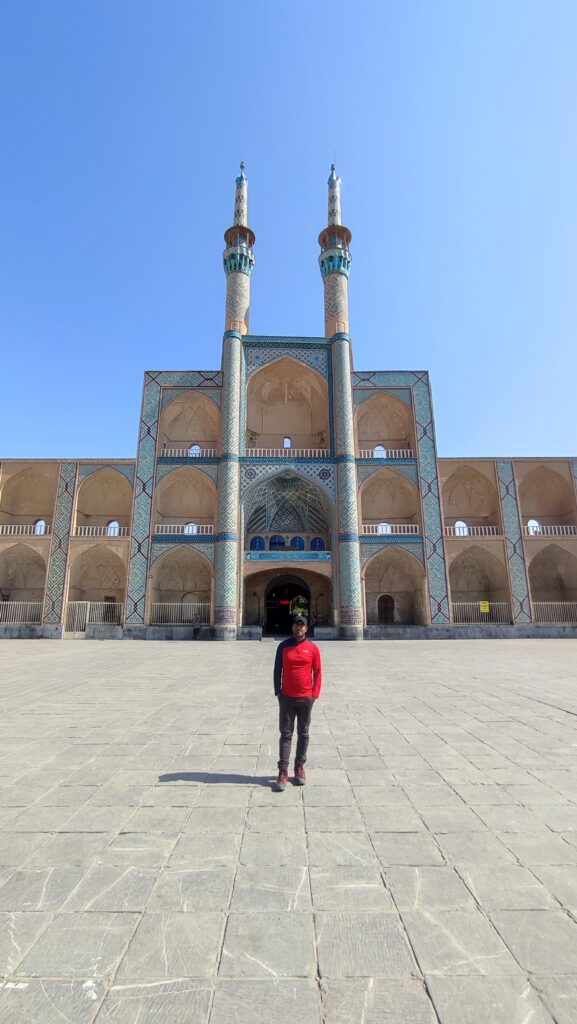
In 1395 (Shamsi calendar), a dispute arose regarding the burial of eight unidentified martyrs of the Iran-Iraq war in Amir Chakhmaq Square. In response to this, on January 21, 2015, these martyrs were laid to rest in the square. The act was controversial and faced criticism from local authorities and the Iranian Cultural Heritage Organization. Nevertheless, in 2017, Yazd was officially registered as a UNESCO World Heritage Site.
In June 2020, the Yazd Municipality, in collaboration with the City Council, acquired the neighboring properties and demolished them to reveal the unique dome of Seti Fatemeh’s mausoleum, making it visible from within the square.
Seti Fatemeh’s tomb, built by her for her own burial in Yazd, features a two-story stone marble structure at its center. The only decoration on her tombstone is a symbol of a cypress tree, representing life after death.
The mausoleum comprises a room with a tiled dome covered in green tiles. The exterior of the dome and the cucumber-shaped tiles are in the Timurid architectural style. The unique architectural design of the dome, known as “Khayarah” in Persian, is exclusive to Yazd in Iran and Herat in Afghanistan. This is the only existing example of its kind from the Timurid period in Iran.
The restoration of the dome began with an initial budget of 100 million Tomans, aiming to revive this architectural masterpiece and have it dancing once again by Seti Fatemeh’s side.
